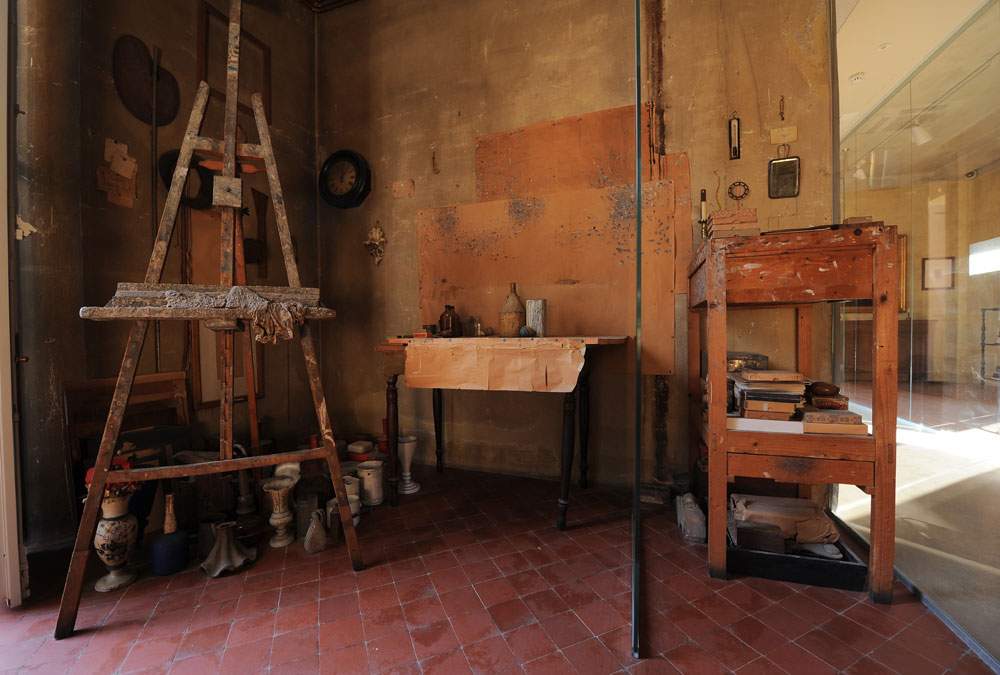Financial Times chronicles Giorgio Morandi as artist who embraced the blockade
Giorgio Morandi recounted in the Financial Times: a few days ago, an article titled The Inner World of Giorgio Morandi, an Artist Who Embraced the Blockade, written by art critic Rachel Spence, was published on the website of the renowned economic-financial newspaper, starting from the current COVID-19 health emergency lockdown condition. The art critic recounted how the enigmatic Italian painter was able to find inspiration for his extraordinary artistic story in a condition of self-imposed confinement during the years of the fascist regime and beyond. Here is the link to the article in the Financial Times.
In his article, Spence calls Giorgio Morandi “an ideal companion for those of us facing domestic confinement,” recalling how he “rarely left his hometown, itself shrouded in an air of solitude, thanks to its location surrounded by land and plethora of medieval towers and shadowy lodges. Aside from a trip to Switzerland, excursions to the family’s summer home in Grizzana and occasional forays to Italy to attend his exhibitions, Morandi remained inside the spartan atelier-apartment on Via Fondazza that he shared with his three sisters, Anna, Dina and Maria Teresa.”
As part of MAMbo ’s digital 2 minutes initiative, MAMbo - Museo d’Arte Moderna di Bologna narrates in video pills, through the eyes of various guests, the permanent collection, the Morandi Museum, the mediation activities of the Educational Department and the temporary exhibition AGAINandAGAINand.
These days, Morandi’s silent universe is also evoked in the video Poetic Tranquillity, which can be viewed on the YouTube channel of Il Libro The Magazine of Italian Art, a London-based magazine entirely dedicated to Italian art, the brainchild of the Voena + Robilant gallery: it features images of the studio atelier where Morandi lived and worked until his death in 1964, namely the current home of Casa Morandi open to the public since 2009.
In the first issue of the semiannual periodical, published last November, the artist was celebrated with two contributions: one by Christian House on the influence of Morandi’s painting on Italian cinema from Federico Fellini to Luca Guadagnino, and the other by Laura Mattioli, who reconstructs how, since the mid-1990s, Morandi’s work, like that of very few other artists, has increasingly been considered a fundamental point of reference and a source of inspiration for generations of artists who use not only the language of painting, but also that of sculpture and photography with outcomes seemingly distant from his technique and poetics.
Giorgio Morandi wrote, “One can travel the world and see nothing. To achieve understanding it is necessary not to see many things, but to look carefully at what you see.”
Pictured is Casa Morandi. Ph.Credit Roberto Serra
 |
| Financial Times chronicles Giorgio Morandi as artist who embraced the blockade |
Warning: the translation into English of the original Italian article was created using automatic tools. We undertake to review all articles, but we do not guarantee the total absence of inaccuracies in the translation due to the program. You can find the original by clicking on the ITA button. If you find any mistake,please contact us.




























